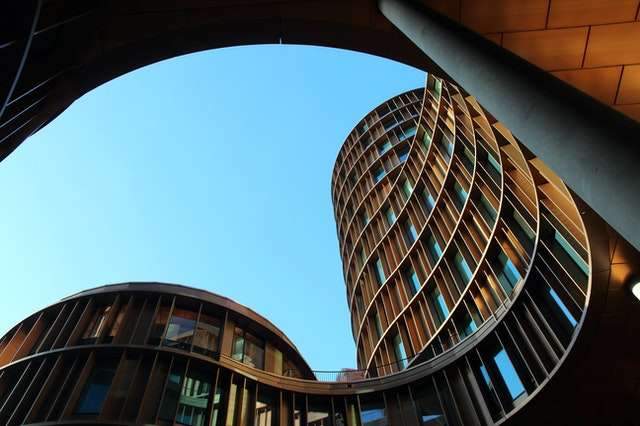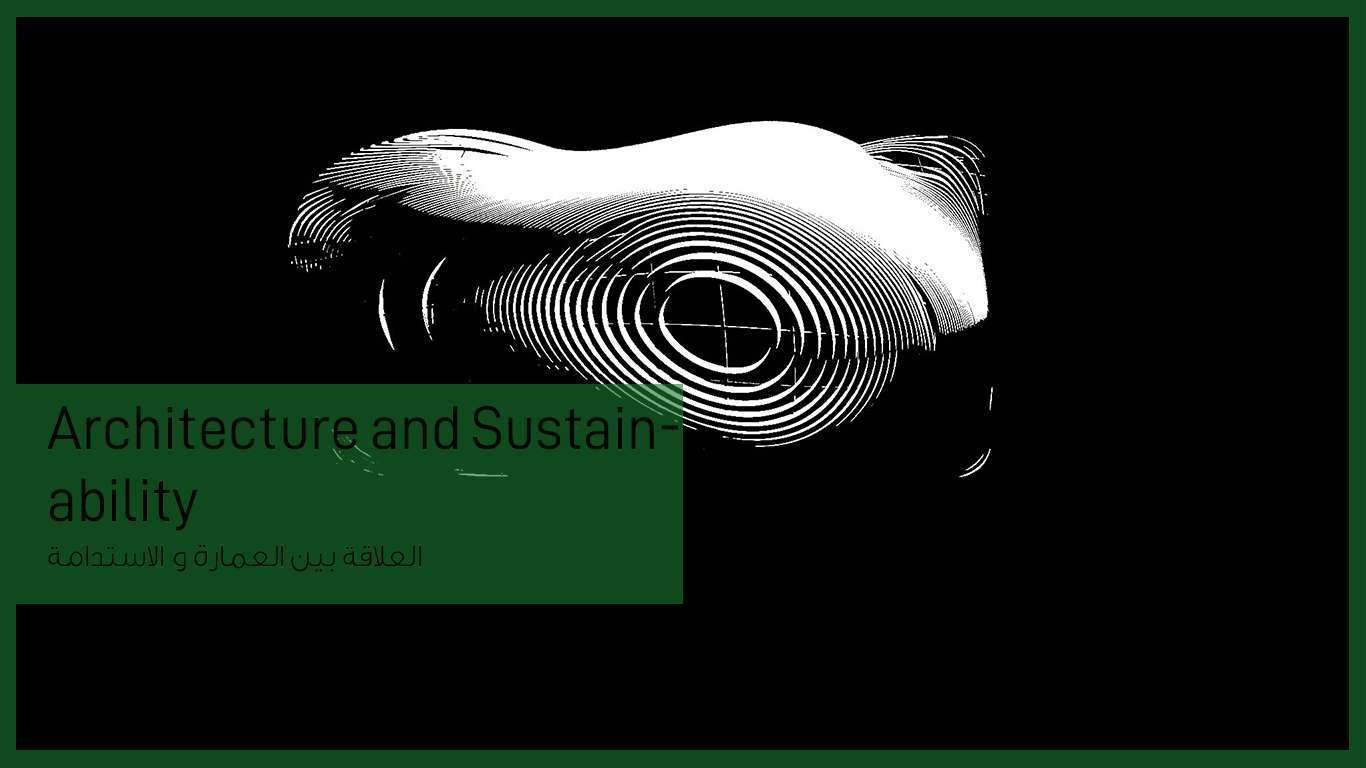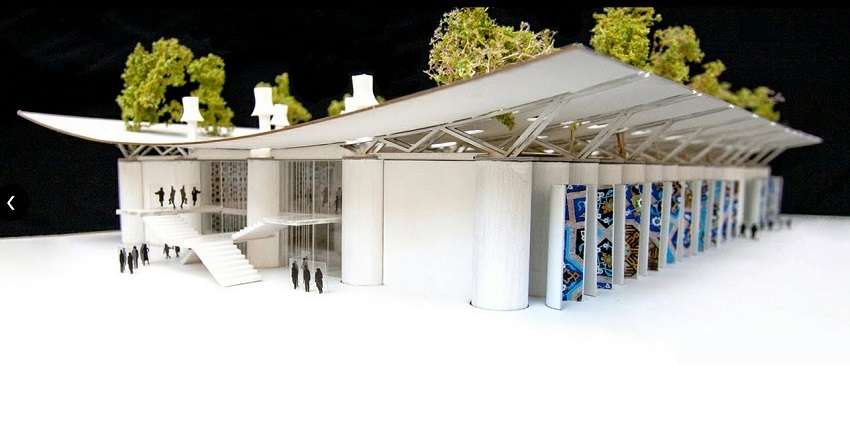The relationship between sustainability and architecture,
What is the concept of sustainability in architecture?
The origin of the word sustainability is due to the Latin origins of the term “to hold up”, that is, attribution from below.
Society builds from below through static in the present and future according to the Greek concept.
The concept of sustainability is the optimal utilization of available resources and capabilities, whether human, material or natural, in an effective and balanced environment, environmentally and architecturally, to ensure the sustainability of sustenance without wasting the gains of future generations. the future).
Four goals for sustainable eternity have been defined under the Organization for Economic Co-operation and Development (OECD):
- Resource efficiency
- Energy efficiency
- Environmental compatibility
- The integrative and curricular organization, including environmental management:
- Sustainable design.
- Green architecture.
- Sustainable construction.
- Green building.
These concepts are all:
no new methods and methods of design and construction evoke the environmental and economic challenges that have cast a shadow over the various sectors in this era.

The new buildings:
- They are designed, implemented and operated with advanced methods and technologies that contribute to reducing the environmental impact.
- At the same time, it leads to lower costs, especially running and maintenance costs.
- It also contributes to providing a safe and comfortable urban environment.
Thus, the motives for adopting the concept of sustainability in the urban sectors are not different from the ones that led to the emergence and adopting the concept of sustainable development with its interrelated economic, environmental and social dimensions.
The term sustainable architecture is used:
For the purpose of describing the movement associated with an architectural design that is concerned with everything related to the environment, it describes the truly sustainable architecture that we are getting what we need from the universe and this perception compels us to respond with interest and regulation in the use of these resources.
General principles of sustainability:
There are three basic principles of sustainable architecture and sustainable architectural design represented in resource economics, life cycle design, and human design:
Energy and water conservation:
The energy conservation decision includes awareness planning, that is, determining the specific climate conditions for the direction towards construction, wall thickness, and conscious site and energy planning by making use of its shape and resources from all plants and trees.
Building life cycle:
The building passes through three stages:
- Pre-construction face: This includes materials returned in construction, materials with long life and low maintenance.
- Structural aspect: linked to the previous stage, which includes not using organic materials.
- Post-construction aspect: This includes the reuse of the existing building and infrastructure.
- Human design:
This includes preserving all existing natural topographic resources, urban design and site planning, i.e. utilizing schemes to reduce energy and water demands and achieve human comfort through sustaining health.
You may like: Marble types and shapes


 العربية
العربية
